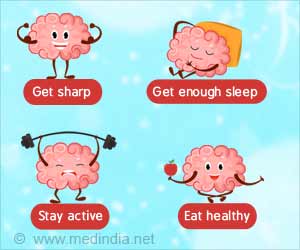New research says that there will always be a wild and erratic quality to creativity and invention

McCaffrey believes his Obscure Features Hypothesis (OFH) has led to the first systematic, step-by-step approach to devising innovation-enhancing techniques to overcome a wide range of cognitive obstacles to invention.
He recently won a two-year, 170,000 dollars grant from the National Science Foundation to turn his technique into software with a user-friendly graphical interface whose initial users are likely to be engineers.
Looking at more than 100 significant modern and 1,000 historical inventions, McCaffrey analysed how successful inventors overcame various cognitive obstacles to uncover the key obscure information needed to solve problems.
He found that almost all innovative solutions follow two steps, as articulated by the OFH: Noticing an infrequently-seen, obscure feature and second, building a solution based on that feature.
"I detected a pattern suggesting that something everyone else had overlooked often became the basis of an inventive solution," he said.
Advertisement
"I felt that if I could understand why people overlook certain things, then develop techniques for them to notice much more readily what they were overlooking, I might have a chance to improve creativity."
Advertisement
To overcome functional fixedness, McCaffrey sought a way to teach people to reinterpret known information about common objects.
For each part of an object, the "generic parts technique" (GPT) asks users to list function-free descriptions, including its material, shape and size.
The result of creating the function-free parts list is a tree diagram in which the description of each part does not imply a use, helping subjects see beyond common functions of any object and its parts.
Using "insight problems" involving common objects because they require no special engineering knowledge, McCaffrey designed an experiment to test whether GPT improved problem solving in a group of 14 undergraduates trained in GPT compared to a control group of 14 who were not.
Both groups were given insight problems commonly used in psychological testing, plus new ones designed by McCaffrey's colleagues.
Overall, the GPT group solved 67.4 percent more problems than the control group, a dramatic and statistically significant improvement in performance.
In a follow-up study asking subjects to list features for the same objects (independent of a problem), GPT-trained subjects listed the key obscure feature required for the solution 75 percent of the time compared to 27 percent for controls.
This suggests it is not mere exposure to problems but rather the GPT that leads to uncovering the key obscure feature more often.
The study has been published in an early online issue of Psychological Science.
Source-ANI









